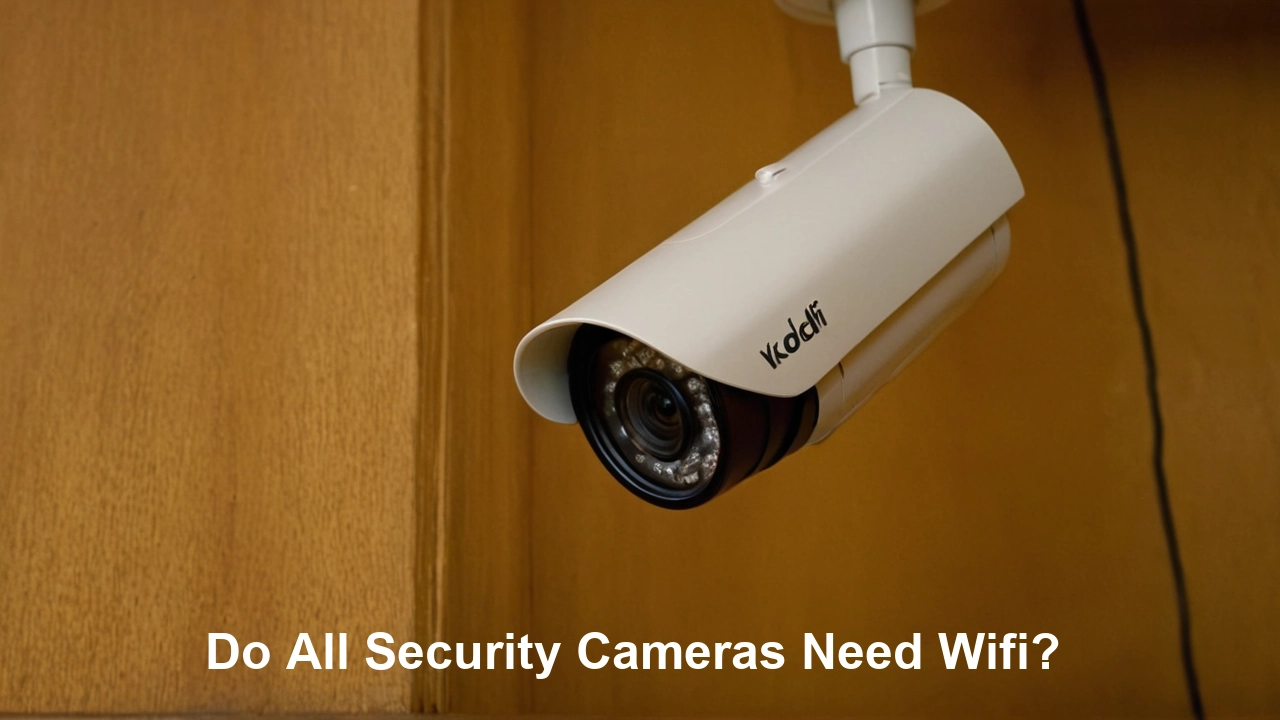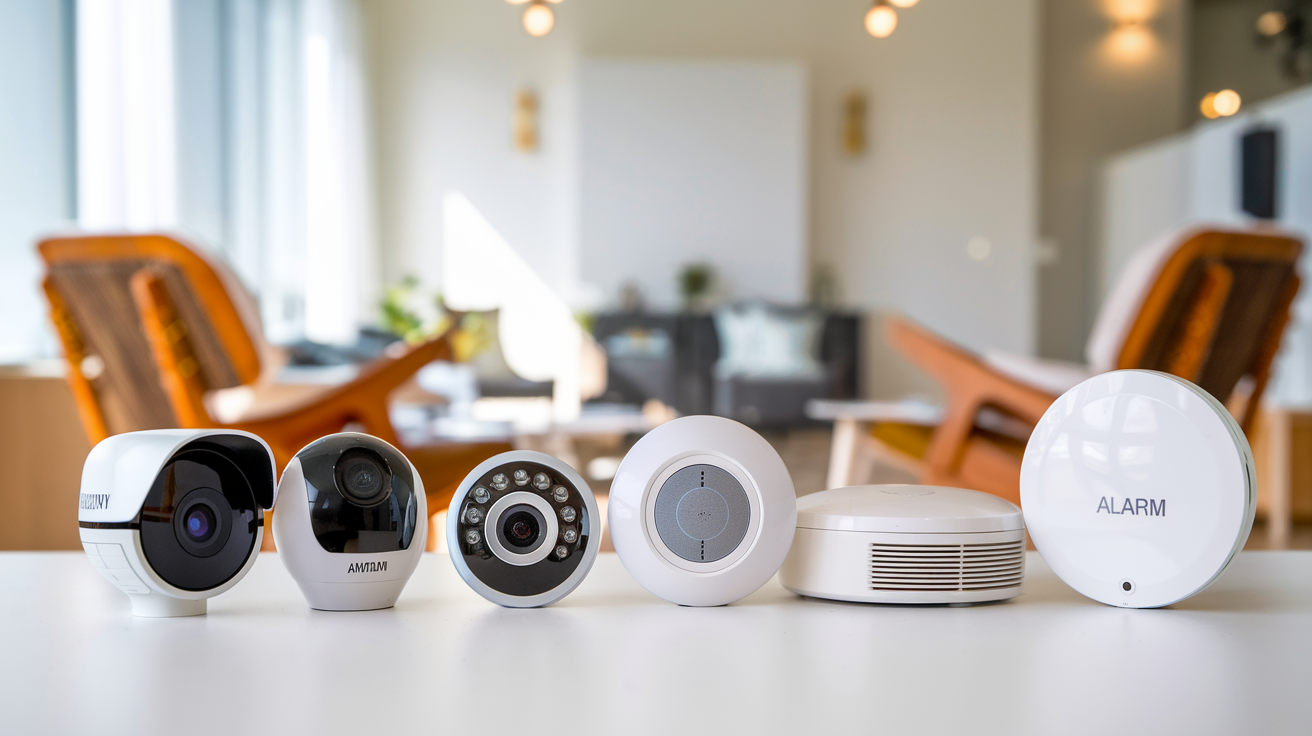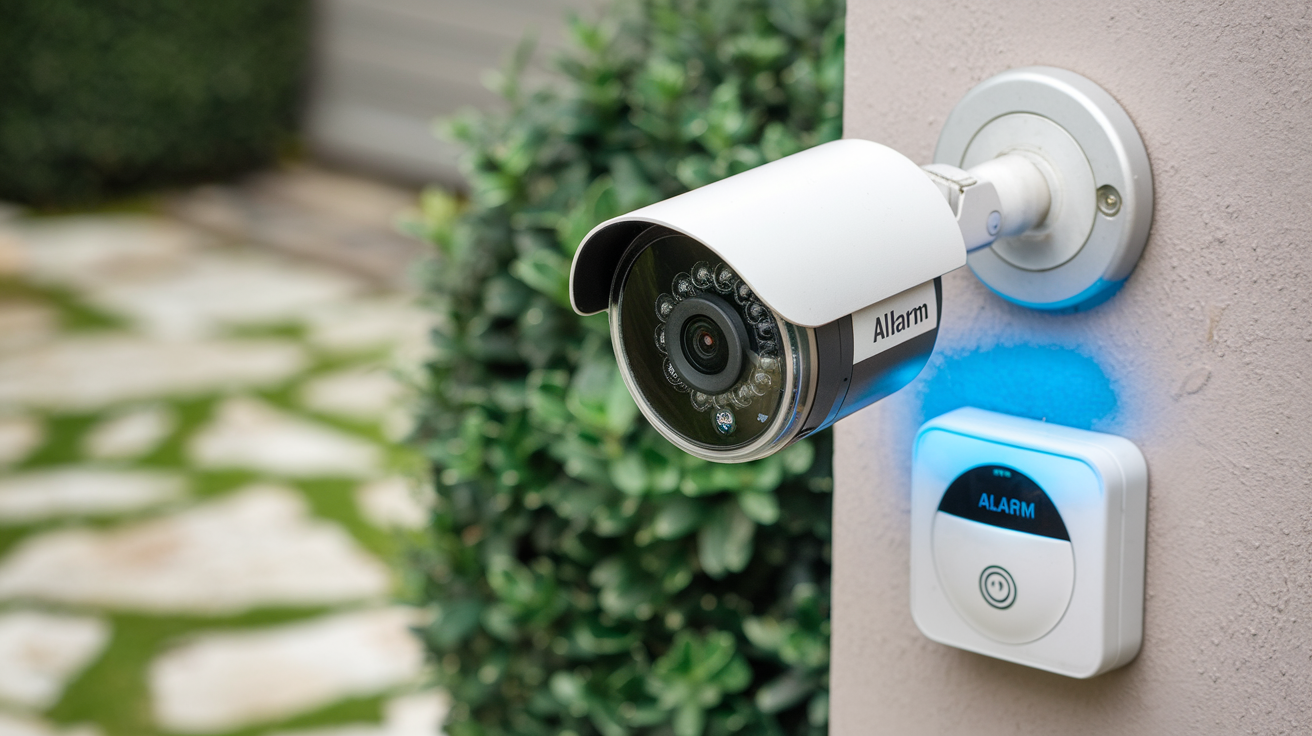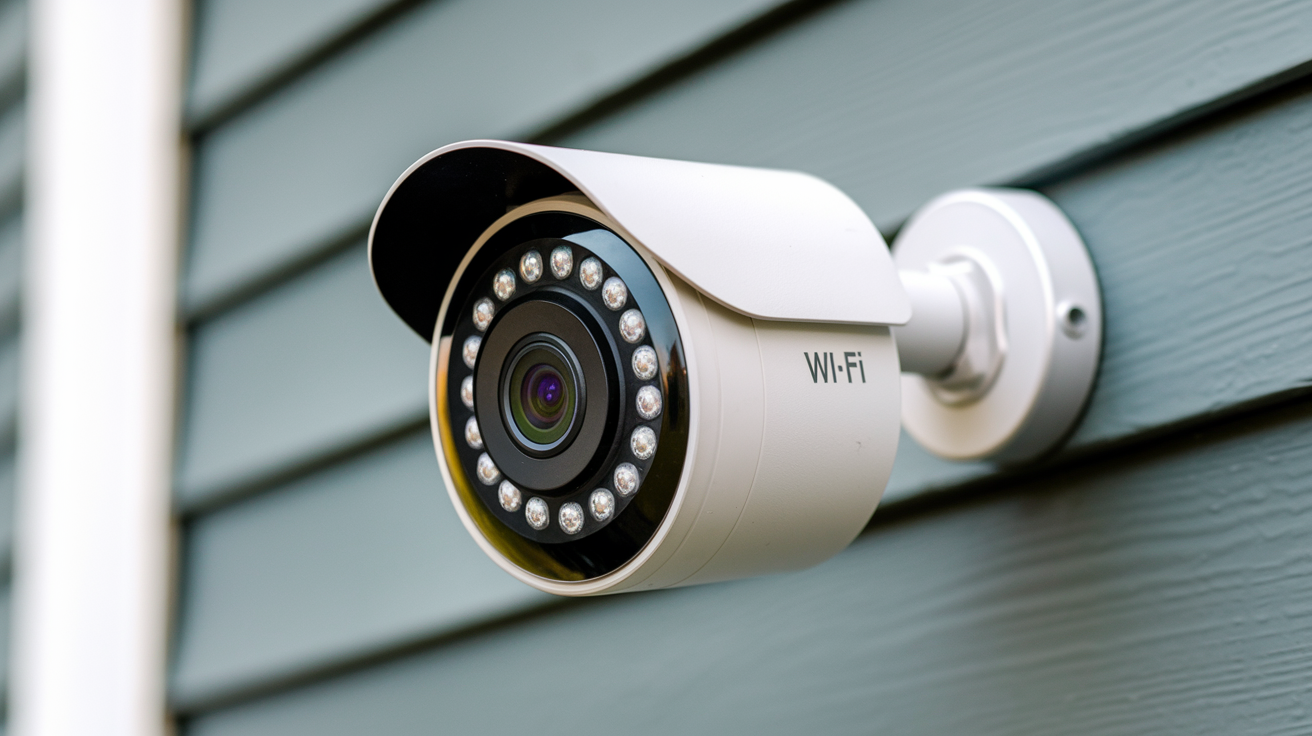A common question that arises when installing home or business security cameras is whether the cameras require WiFi connectivity. Considering that modern networks are wireless and mobile devices are constantly gaining popularity, it could be rather logical to connect all security cameras to Wi-Fi. But that does not have to be so. WiFi security cameras have their benefits as well as drawbacks, the same applies to wired Security Cameras, and the best depends on the situation.
What are the Advantages of Having WiFi Security Cameras?
Easier Installation
First of all, the WiFi Home Security System are easier to install than the wired security cameras in general. Wired cameras require cables to be drawn from each camera’s position to the recorder or server position. This often involves the process of making holes in walls and ceilings for tidy cable routing. Wireless cameras only require you to fix the camera and supply power to it. Custom cabling is not necessary. The ease of installation is the primary reason why many homeowners and small business owners opt for WiFi camera systems.
More Flexible Camera Placement
WiFi also makes installation easier and grants more freedom in terms of the positioning of the cameras. You don’t have the problem of having to connect cables from the points, that is why you can more easily transfer cameras in case your needs change. If your camera is in the range of your WiFi router or access points, you can place it anywhere inside or outside your residence or workplace. There exists this advantage of achieving better angles that may prove useful in capturing crucial aspects of the scene.
Remote Access and Monitoring
One of the biggest benefits of WiFi security cameras is that you can monitor them from anywhere. In as much as the camera is connected via your WiFi network, you can monitor live or recorded video feeds on your smartphone, computer, or tablet from any location in the world that has an internet connection. This remote accessibility allows features such as motion detection, two-way audio through security cameras, or checking on a place of interest while away. This level of remote monitoring and accessibility is not possible with wired cameras most of the time.
Disadvantages Of WiFi Security Cameras
Signal Interference and Interruptions
The primary disadvantage of WiFi cameras is that they depend on the wireless signal entirely. Any disruption or disturbance of this signal may lead to video feed problems or access concerns. Of course, in most contemporary homes and structures, this is not a critical issue for WiFi cameras. Nevertheless, if you would like to install cameras away from your WiFi router or access point or have many wireless blind spots or much RF interference it may turn into a critical problem. One advantage of wired cameras is they do not need to rely on the wireless signals once installed.
Greater Security Risks
Although connecting security cameras through WiFi offers many genuine advantages, it in some cases leaves more opportunities for threats. Since these cameras are easy to obtain and are internet-connected, the hackers will have more ways of attempting to get to the video streams or the physical control of the cameras. The WiFi cameras have been hacked by attackers with the system being part of smart home and IoT networks. This can be managed by updating the camera firmware and choosing strong WIFI network passwords, but for some people, having a closed-circuit wired system is a lot safer intrinsically.
Power and Battery Requirements
Security cameras that are WiFi enabled will always require a power source nearby to function. Notably, the wireless transmitting and receiving functions require a reasonable amount of electrical power. The power consumption is also higher than a basic wired camera, even when the cameras are in sleep or standby mode. Consequently, all WiFi cameras need to be connected to a power socket all the time or use massive standby batteries that need recharging frequently. This makes the permanent outdoor installation somewhat more challenging than simply connecting wired cameras. Another advantage of running power lines is that it is relatively more convenient as compared to changing or recharging batteries frequently.
Bandwidth and Data Usage Issues
More WiFi cameras streaming video with the increasing use of internet-connected devices in homes and businesses can affect the available internet bandwidth. The amount of bandwidth needed for consistent streaming of video, even for 720p or 1080p camera definition, quickly accrues. This is especially the case if you wish to keep the recorded videos for more than a day or even two. Although bandwidth caps are no longer quite as prevalent today, streaming multiple high-definition security camera feeds can easily result in overage charges in certain regions. Still, based on your internet service provider, wired cameras may avoid some of this bandwidth consumption.
What are the other options for WiFi Security Cameras?
Wired Analog Security Cameras
The simplest wired security camera system employs coaxial cables, where the analog video signal from cameras is sent to a receiver and recording equipment. Cabling is necessary to connect the camera locations to the recording equipment, but otherwise, the cameras themselves are inexpensive. Video quality is however not HD resolution but is good enough to offer basic monitoring. It is a rather old technology that is cost-effective and does not have many issues. However, remote access is almost non-existent with these systems.
Network IP Security Cameras
While the network IP cameras are digital rather than analog they still require ethernet cabling instead of transmitting wirelessly. This comes with enhanced video resolution and also other features such as motion detection, night vision infrared, and remote user access among others. As with WiFi cameras, network IP cameras are connected to the Local Area Network and, in most cases, the Internet. However, because of the wired networks they operate on instead of wireless networks, do not experience instabilities or interferences of WiFi signals. Installation difficulty and flexibility come in between the analog wired and WiFi wireless cameras.
Wired and Wireless Security Camera Systems
Nowadays, it is also possible to install security camera systems that combine wired and wireless networks. For example, you may decide to use PoE or power over ethernet cameras for easily wired indoor areas while incorporating a few WiFi cameras for areas that would require lengthy cable installations. In contrast, you might use WiFi cameras mainly while a couple of wired cameras could transmit through a dedicated coaxial cable network in case the WiFi fails. Creating this type of hybrid system makes it possible to adopt these two technologies while at the same time minimizing some of the adverse effects.
It depends on the needs that one has at the given moment or the situation that one has at any given period.
In the case of deciding between WiFi wireless or wired cameras, there is no right or wrong answer. That is why it is crucial to compare the advantages and disadvantages of each model depending on the characteristics of the home or business installation, budget, skills, and security concerns. For most homeowners, WiFi camera systems are undoubtedly the easiest and the most convenient to install. However, entities who may be wary of bandwidth usage, source of power, or integration into smart home-type systems may find wired network IP cameras more suitable. There is also no rule against using different types of cameras for different areas and functions. The right solution involves the scope of your property and the importance of convenience, capabilities, and cost considerations that are pertinent to your property.
Protect your home today with ADT’s top-rated security solutions!
Call now at +1 877-470-7879 to get a free consultation and find out how you can secure your home with the best in the business. Don’t wait—ensure your peace of mind with ADT!






